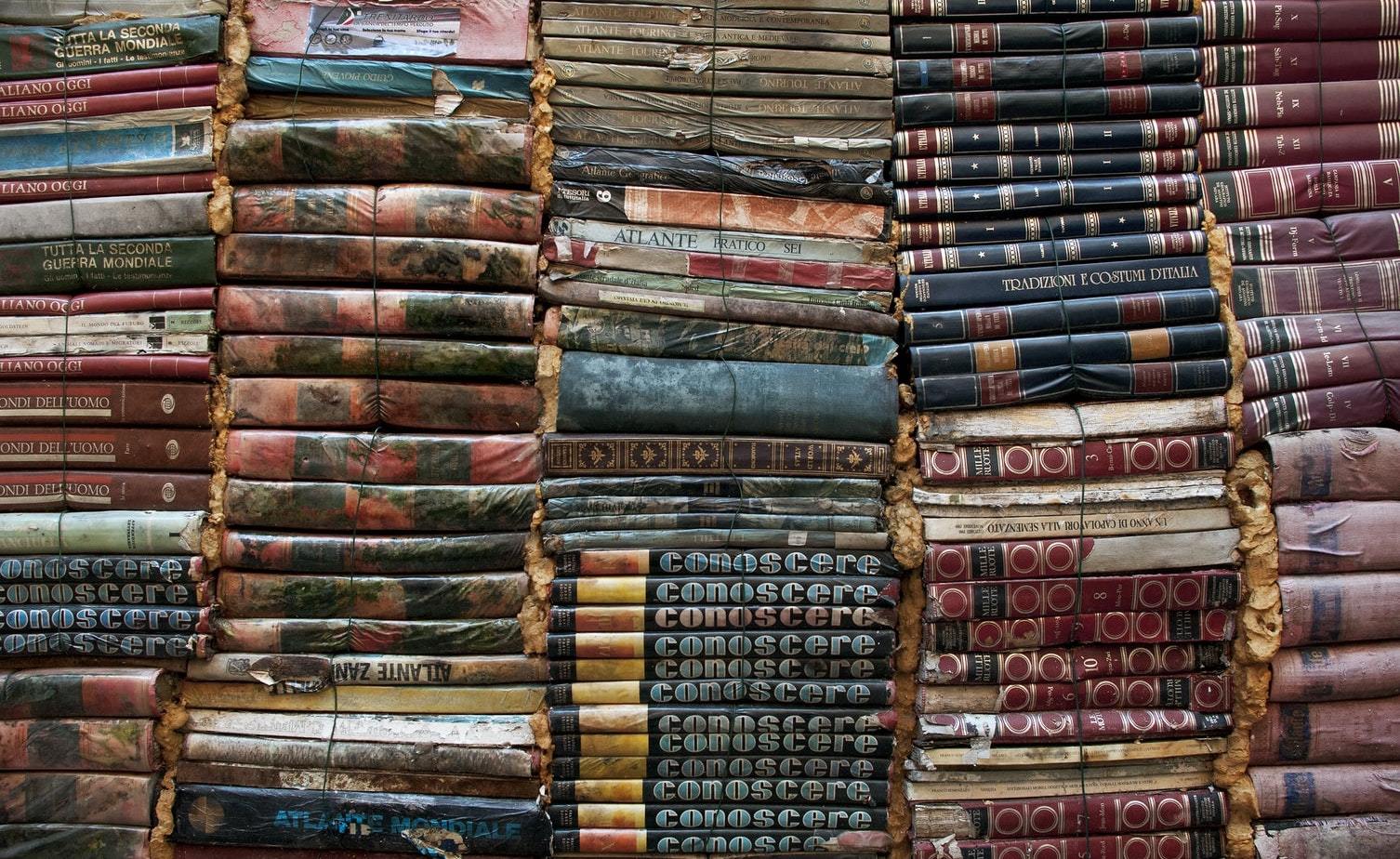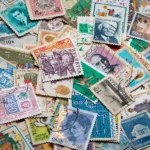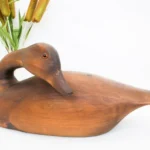
Open Daily 10am - 5pm
12,000sq.ft. of amazing items!
Free and easy parking!

The pleasure of holding and reading a real live book in your hands is something most of us old-schoolers cherish. All these little electronic readers offer a much reduced experience, although that’s a difficult case to make to those of millennial age. Despite the predictions of its imminent demise, collecting old books is still a passion of many people and appears to be coming back. These days, most vintage books are bought and sold online but there are still some legendary holdouts – the Strand Bookstore in New York City comes to mind – where bibliophiles and go and get lost in the stacks of musty titles. If you’re one of those, so am I and I salute you! Here’s some background.
First of all, collecting books offers as many channels as there are recipes for chocolate chip cookies. Some people collect by author, others by subject matter, still others by publishers or era or edition or some other distinction. Decorators and designers are also huge consumers of old books, not for their content but rather their leather bindings and appearance of gravitas they lend to a carefully decorated home. As with most collectible categories, the key variables to value are age, condition, rarity, and association.
Although my shelves don’t include any, some books sell for millions. THE BIRDS OF AMERICA by John Audubon was published in 1820 and was groundbreaking in its beauty and comprehensiveness. It was originally sold by subscription with payment required in advance of delivery. Only a few hundred of the first edition were printed, of which some 120 have survived. A recent copy sold at auction for $11.2 million, or about $280,000 for every illustrated bird included therein. In contrast, some 300 copies of William Shakespeare’s FIRST FOLIO remain extant. Published in 1623, there have been innumerable editions since but an original was sold by Christie’s some years ago for $6.2 million.
And that isn’t to say that only old books have great value. Prior to its trade publication in 2008, a few copies of J.K. Rowling’s TALES OF BEEDLE THE BARD were assembled by hand and given away as gifts. At the time, Sotheby’s somehow came up with a copy and it drew nearly $4 million at auction.
In searching for rare books today, most collectors let their fingers do the walking. Two websites have emerged as portals for dealers in antiquarian books: www.abebooks.com and www.bookfinder.com. Both amalgamate the offerings of hundreds of dealers and allow you to search by title, author, and key word. If there is a book in print and available for sale, it will likely turn up on one of these two search engines. Indeed, these sites are also serve as excellent resources in valuing old books and determining their rarity. Your dreams of riches after finding a dusty old book in the attic might be dashed after discovering 50 like copies available online for a few dollars each. Nonetheless, you never know.
Critical to maintaining a book collection in good order is how they are kept. Fine books should be kept upright (not stacked) and out of the sun. If conditions are too dry, pages will become brittle so some humidity (ideally about 30%) should be maintained. Books of like size should be stored together so that smaller volumes do not imprint themselves on their larger neighbors. Handle your books with clean dry hands so that oils and dirt are not permanently transferred to otherwise clean pages, and dust regularly. And when opening your books for a pleasurable read – or a bit of showing off – do not lay flat so that the spine is stretched across its range. Rebinding an old books is an expensive process and will almost always decrease its value. With all that said, however, books are for reading so make sure you do that too.





We’ll email you about the latest events, sales, and general store updates.

Our antique gallery is located just south of downtown Palm Springs, with free parking and air conditioning throughout.
Open Daily: 10am – 5pm
505 E Industrial Pl.
Palm Springs, CA 92264
© Copyright Antique Galleries of Palm Springs 2024